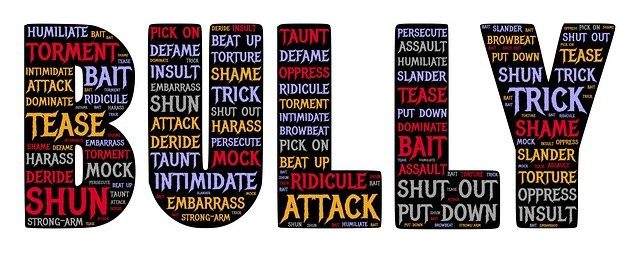
There has been more and more talk about kids being bullied in the past decade or more. It seems the problem is more widespread than ever believed and is causing harm to children of all ages. In fact, school safety and crime data from 2019 reveal that 1 out of 5 students experienced bullying. Think about that. If your class has 25 kids, then at least five of them have been bullied. But what is bullying exactly, and what can kids do about it?
How to Identify Bullying
First, you have to know what bullying is if you want to do something about it. Bullying is defined as unwanted, aggressive behavior towards a kid by another kid in a power position. This means the bully uses physical strength, the threat of spreading embarrassing information, or even their popularity to hurt or control someone. Additionally, bullies target the same kids over and over.
Bully behavior varies. Bullies say hurtful and untruthful things about another kid with teasing, threats, and name-calling. Bullies try to damage friendships by not including them in games and parties. Bullies spread rumors, or telling other kids to ignore them. And bullying is sometimes physical. Hitting, pinching, tripping, and breaking a kid’s things are examples of physical bullying.
With the popularity and widespread use of social media, bully cyber-attacks are common. Mean texts, posting embarrassing pictures, and even posting as the person to spread rumors are types of cyberbullying.
Stop the Bullying
Kids who are victims of bullying feel sad, depressed, anxious, and afraid. Many have trouble eating, sleeping and don’t want to go to school. Ending bully behavior is essential. Kids can do a lot to stop bullying:
- Be kind to the kids being bullied. Include them in a game or activity, invite them to sit with you at lunch. Arrange a time to hang out. In other words, be a friend so they don’t feel so alone.
- Treat everyone with respect and kindness. If you feel like saying something mean, stop and think. Realize that not everyone is the same, and no one is “better” than anyone else. And if you slip up and say or do something hurtful, apologize.
- Stand up to the bully. If you are being bullied or see someone being bullied. Tell them to stop. It’s not cool.
- Severe bullying requires telling an adult if it doesn’t stop or you think you or a classmate could get hurt. A trusted adult can help plan a way to end the bullying and keep everyone safe.
Understand the Bully
Understanding why someone would bully you is very important. In many cases, the bully has their own problems. They may be neglected or even abused by their parents at home. They may also feel like a failure and have learning problems, or poor grades. Their family may be in tough times and perhaps even struggling to put food on the table. You just don’t know. When a person feels like this, they may try to take out their anger on another person. Who they pick on does not matter, so they often go after people they perceive as weaker to avoid getting hurt back. They may also be jealous of the person being bullied.
It may seem very difficult, but try to see the bully as a person in pain and treat them with kindness. Try to sympathize with them. Imagine the problems they are probably facing at home or in school. They bully wants to see you hurt, so you feel like them too. Don’t fall into their trap. If they make fun of you, just laugh at yourself. However, if they are physically violent and hit you, just walk away and tell a teacher or adult. Do not hit back.
Ask yourself if you know a kid being bullied right now or if you ever bullied someone else. Kids can make a difference! Share your thoughts and experiences in the comments. Telling others to raise awareness is critical in ending bullying once and for all.
Bullying Online Resources:







